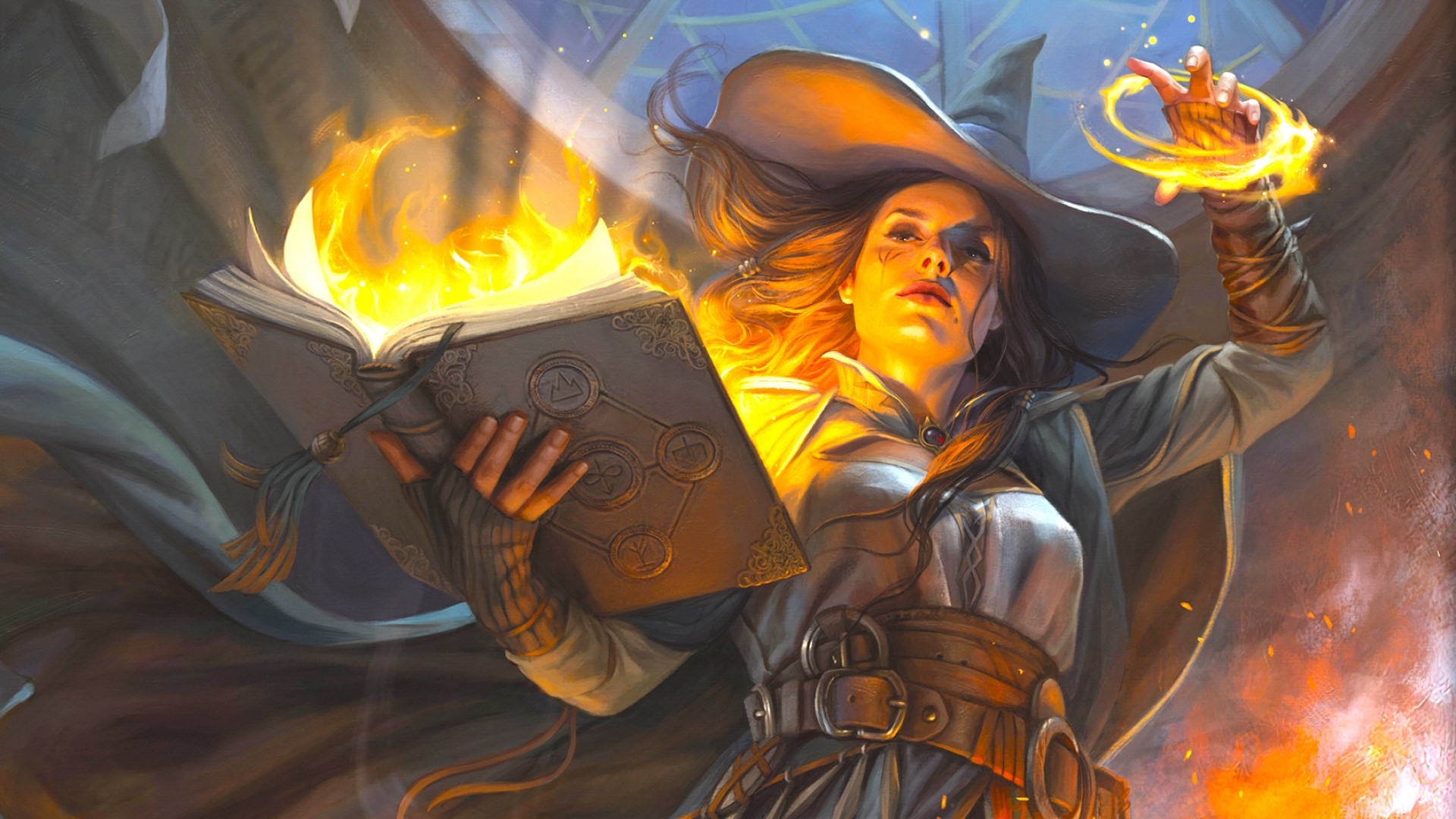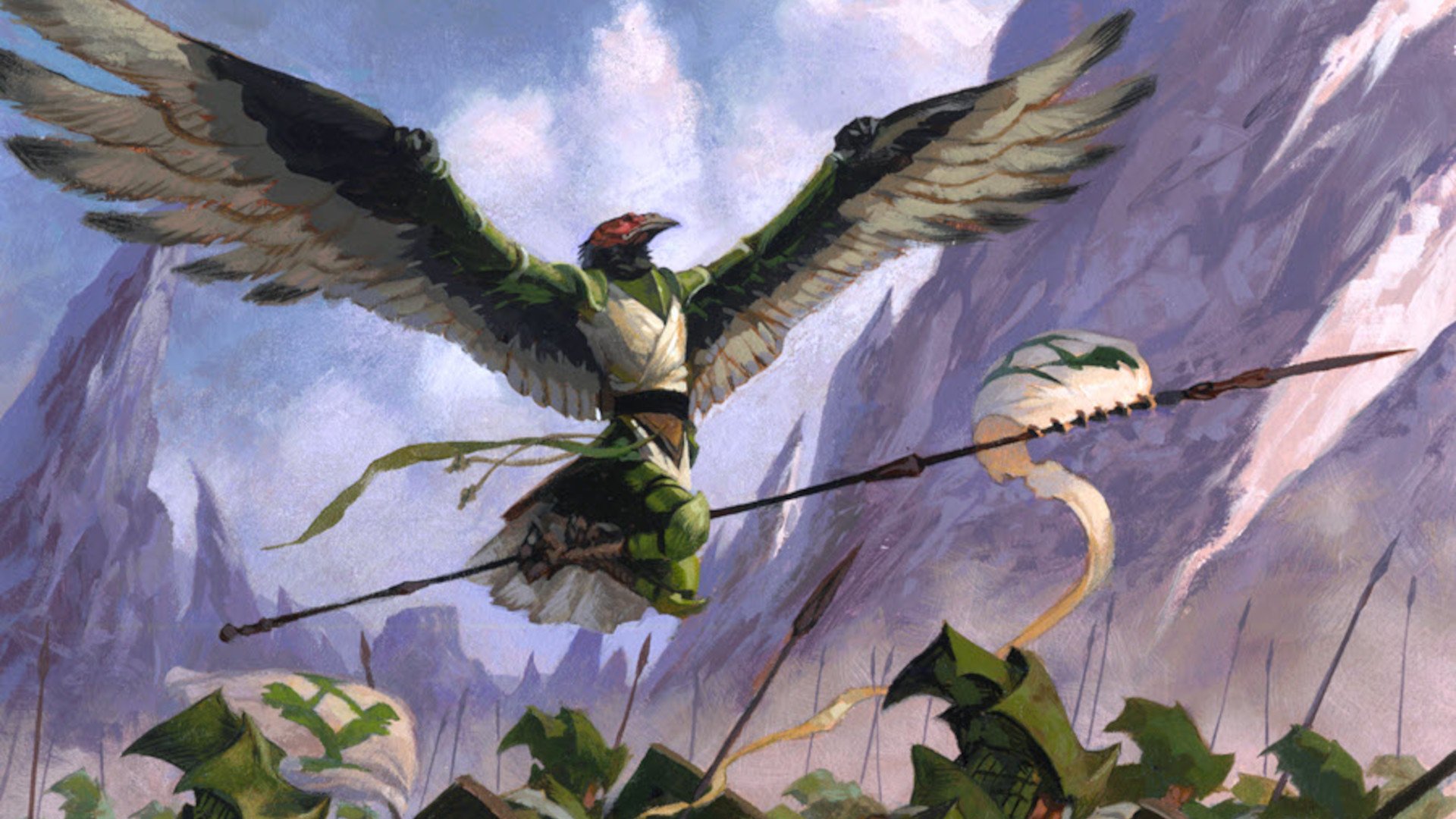The DnD Fly spell lets you take to the air as if you had wings. While there are plenty of creatures in D&D who can fly on their own, magic means no one needs to be stuck on the ground twiddling their thumbs. If you’re ready for your TTRPG character to take to the skies, the following Fly 5e guide has all you need to get started.
Once you’re ready for liftoff, take a moment to check out some of our other D&D guides. We can walk you through a wide range of 5e spells, help you choose from the many DnD classes, or even set you up with suitable DnD character sheets.
Here’s the full guide to Fly 5e:
How to cast Fly 5e
| Level | Third |
| Casting time | One action |
| Duration | Ten minutes |
| Range / Area | Touch |
| Attack / Save | None |
| School | Transmutation |
Flying is no small feat, so you’ll need every kind of component going to make it happen. This includes a magic phrase, somatic gestures, and a bird’s wing feather for your material component. Once you have these ready, touch a willing creature (you also count as a touchable target). The target then gains a flying speed of 60ft for the spell’s duration.
Bear in mind this is a spell that also requires concentration. If the spellcaster’s concentration is broken, Fly will end, even if the spell’s ten-minute duration isn’t over. Concentration is broken in one of the following ways:
- Casting a different spell that requires concentration
- Failing a Constitution saving throw when you take damage
- Becoming incapacitated, falling unconscious, or getting killed
- Any environmental event the DM deems would distract you
If you cast this spell using a higher spell slot, you can give additional creatures the gift of flight. You can cast the spell on an additional target for every spell slot you use above third. For example, casting Fly with a fifth-level spell slot lets you cast the spell on three targets rather than one.
Another important note is that, if your target is still in the air once the spell ends, they will fall. Make sure to plan a timely landing – or at least give your party something soft to crash onto.
Who can cast Fly 5e
Four DnD classes have Fly 5e on their spell list – the Sorcerer 5e, Warlock 5e, Wizard 5e, and Artificer 5e. The Bard 5e can also pick Fly up at later levels thanks to their Magical Secrets feature.
Some subclasses can access spells that are usually outside of their typical class abilities. An Arcane Trickster Rogue 5e and Eldritch Knight Fighter 5e could learn Fly 5e at level 14 from the Wizard spell list, for example. The unofficial Blood Hunter 5e class can also learn Fly from the Warlock spell list at level 13.
There aren’t any DnD races that innately know the Fly spell, but you could always choose a race with wings. We’re looking at you Aarakocra 5e and Owlin.
Fly 5e tips
Obviously the main benefit of this spell is the freedom of movement it offers. Being able to fly over the heads of your enemies is one thing, but Fly also gives you a flying speed that’s twice the average humanoid’s walking speed. You’ll be zippy as well as avoiding obstacles on the ground.
There are also ways to really push the movement potential of this spell. Dashing while under the influence of a Fly spell will up your flying speed to 120ft. Plus, if you’re also under the influence of Haste 5e, your speed is doubled for one minute and you can take an extra Dash action in that time. You could fly as far as 240ft in one go, and that’s not even accounting for multiple Dash actions.
Just make sure the person who casts Haste isn’t the same person who cast Fly. Otherwise, concentration will shift to the new spell, and the fly-er will become a fall-er. It probably helps to have a reactive spell like Feather Fall on hand when sending someone into the air.




